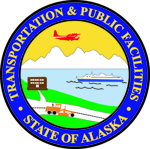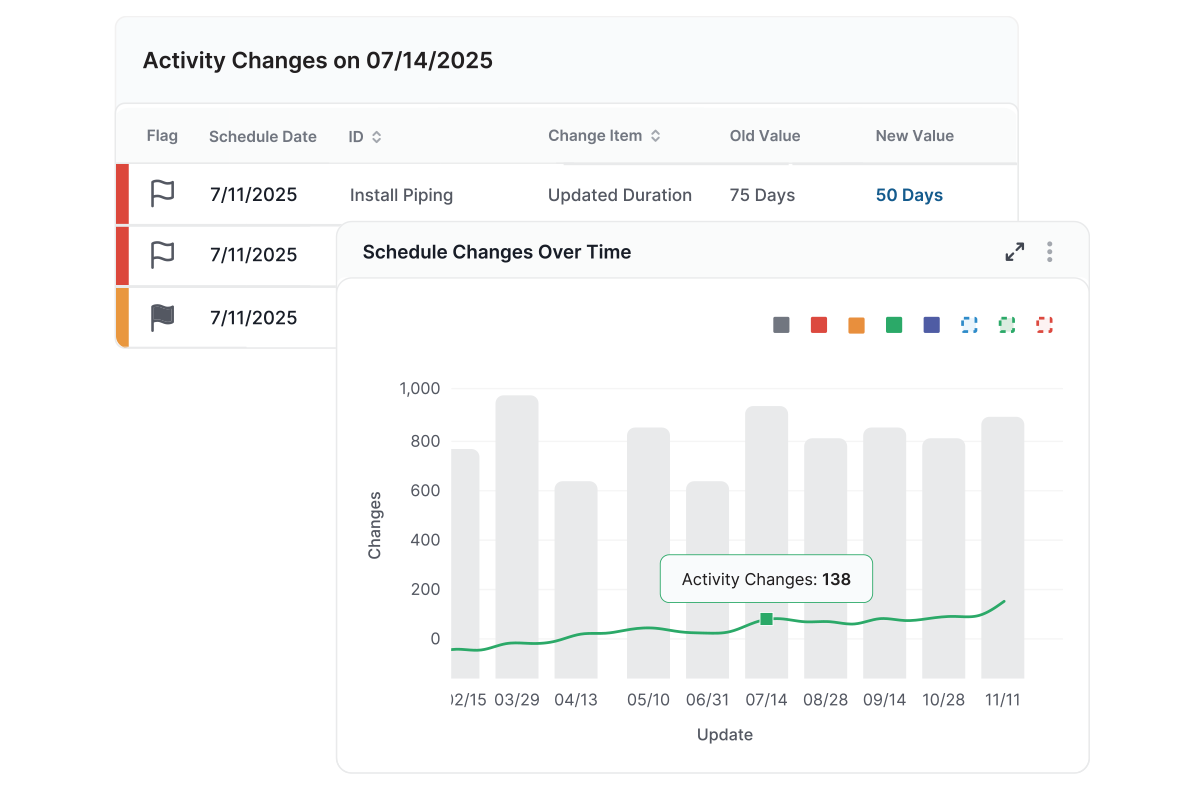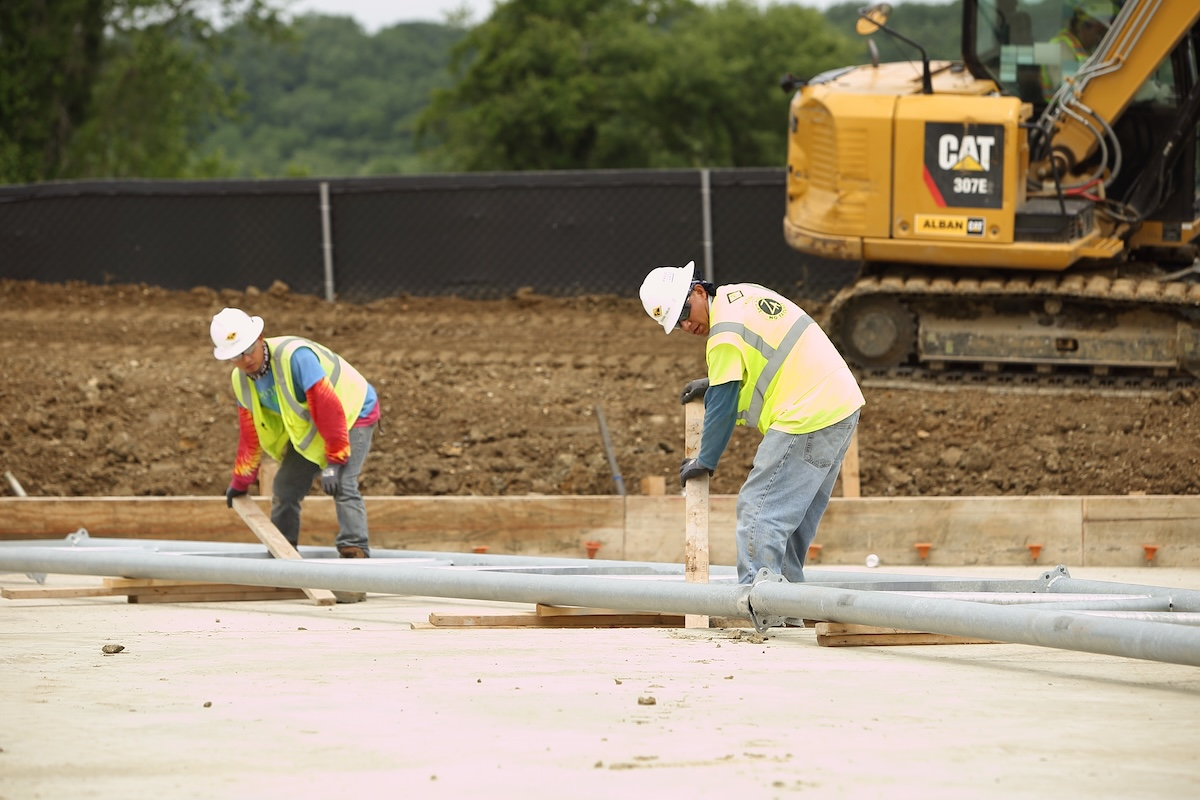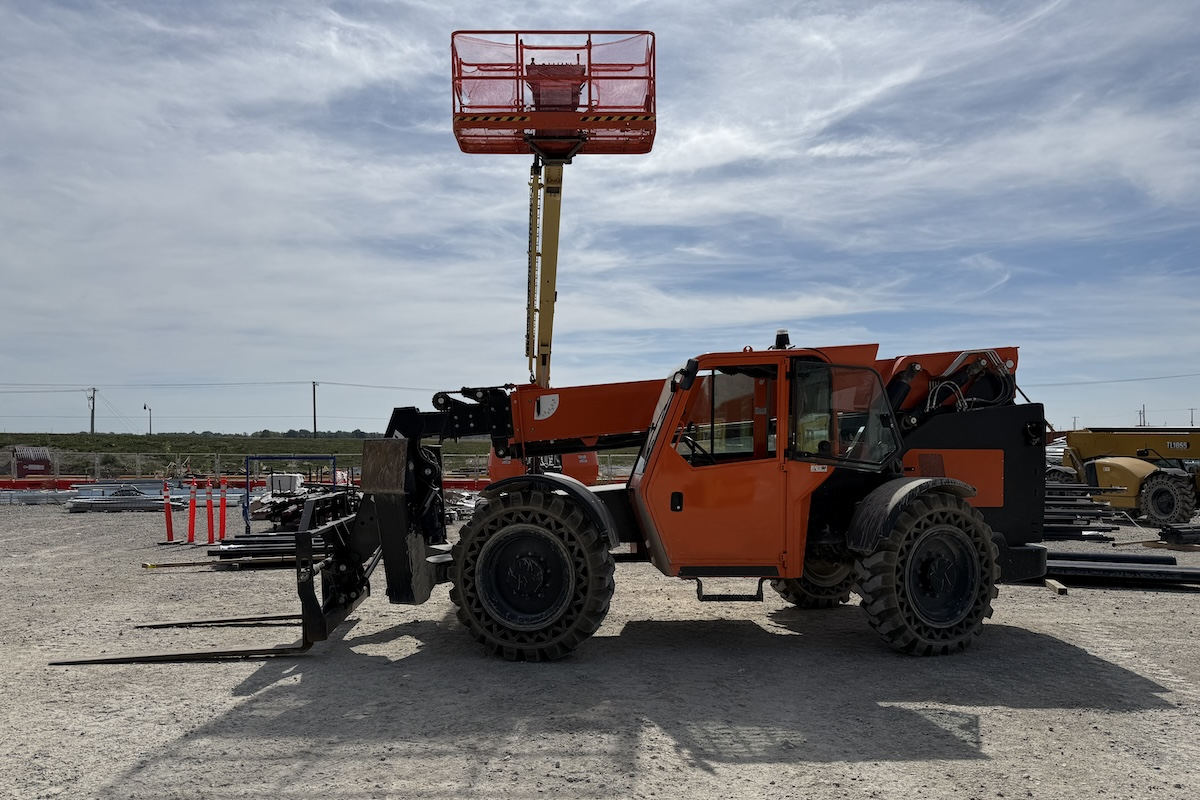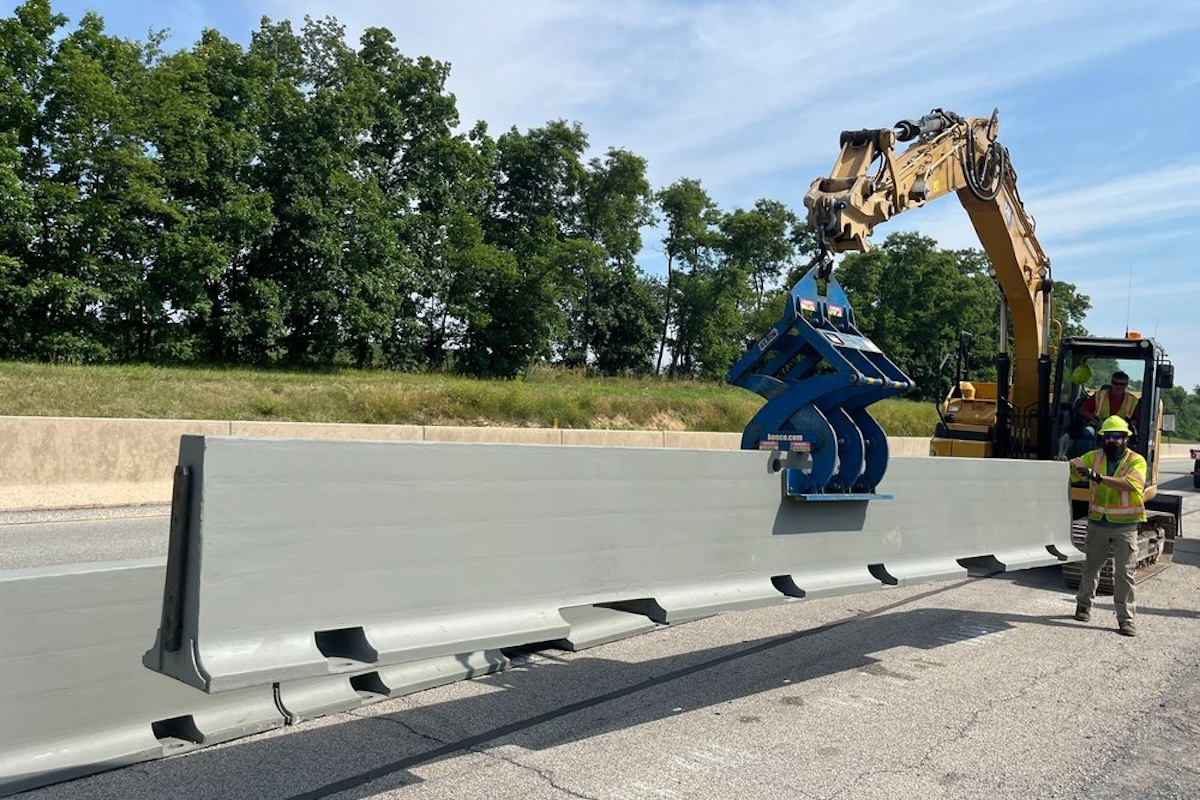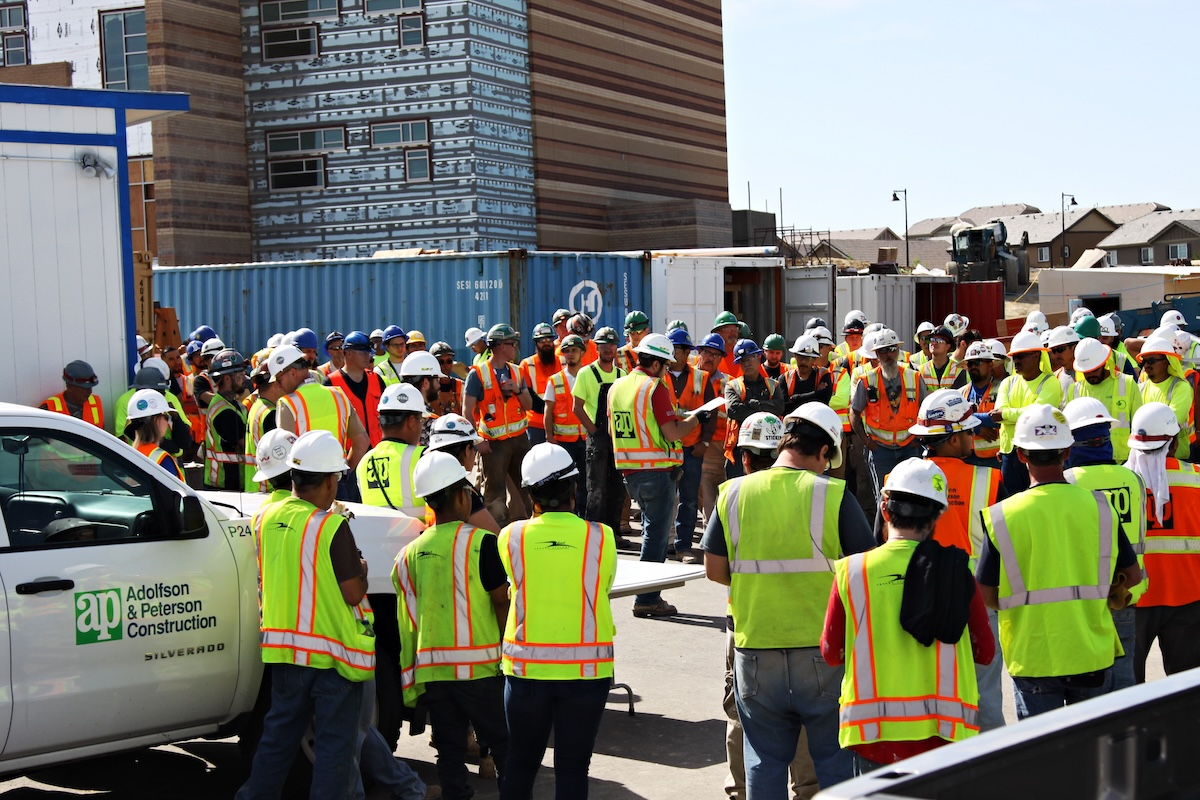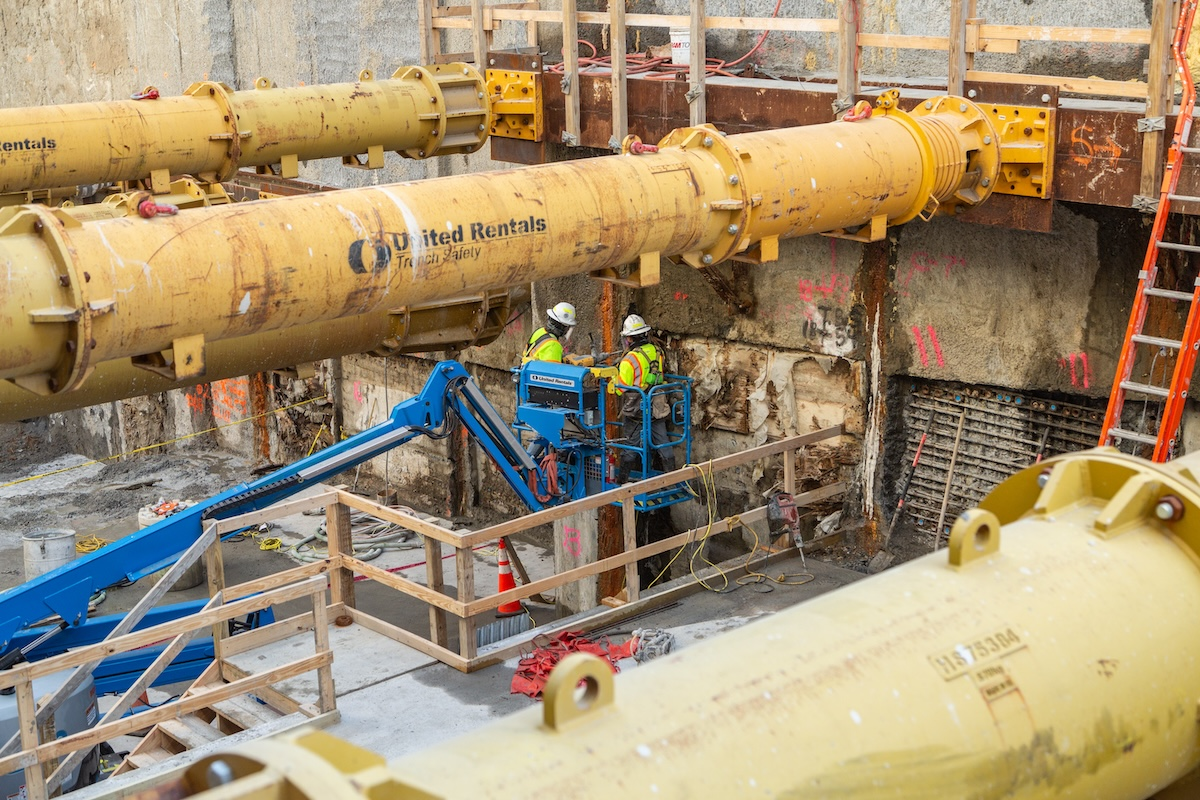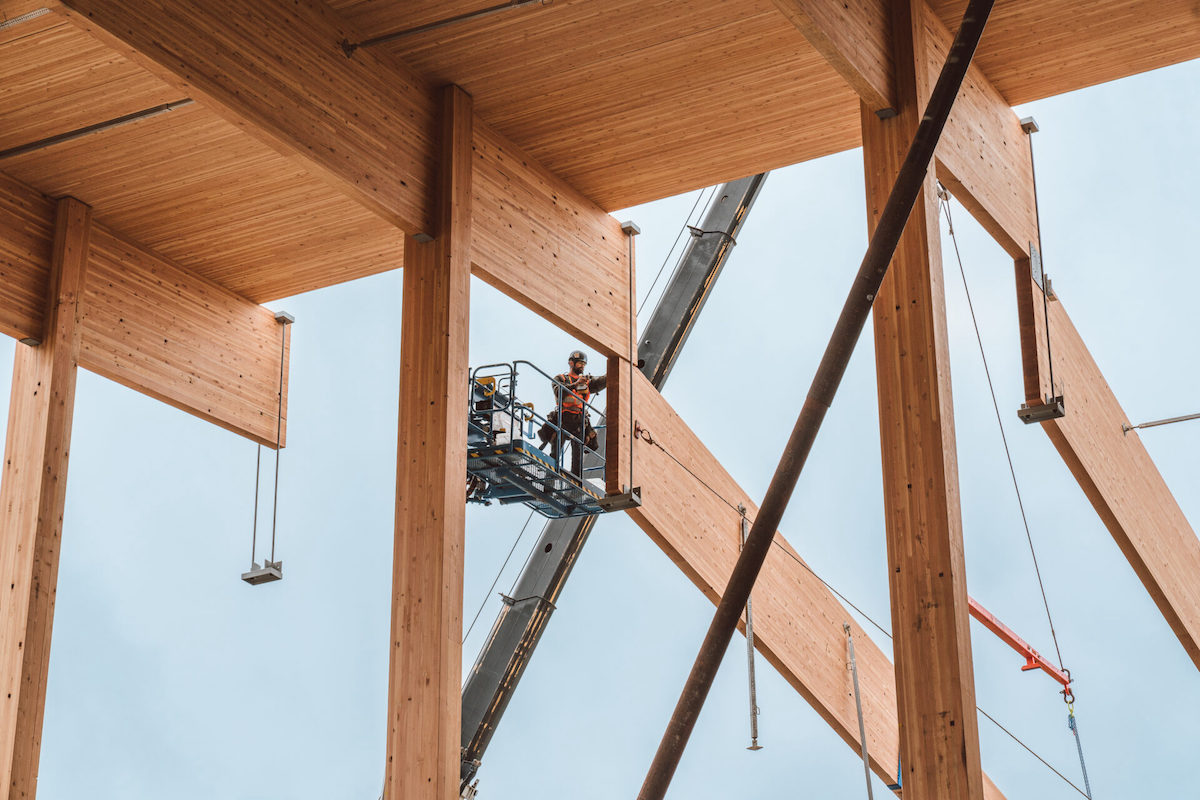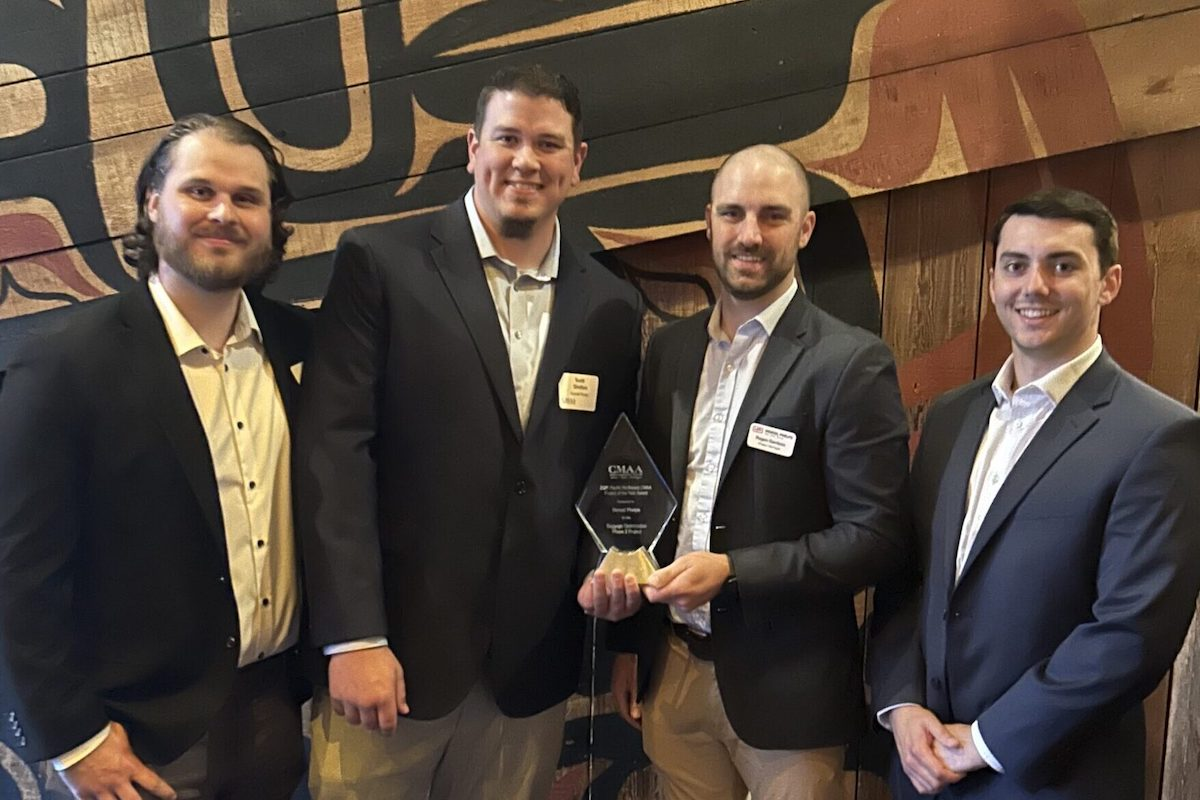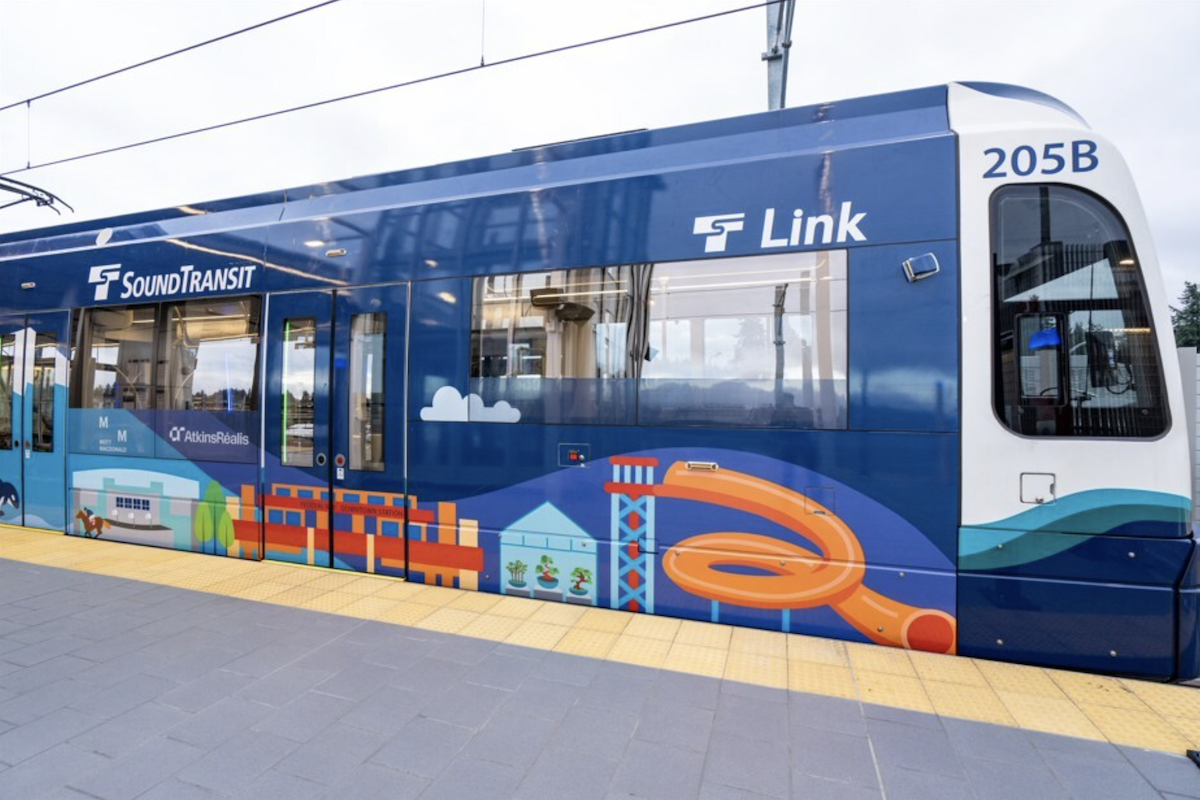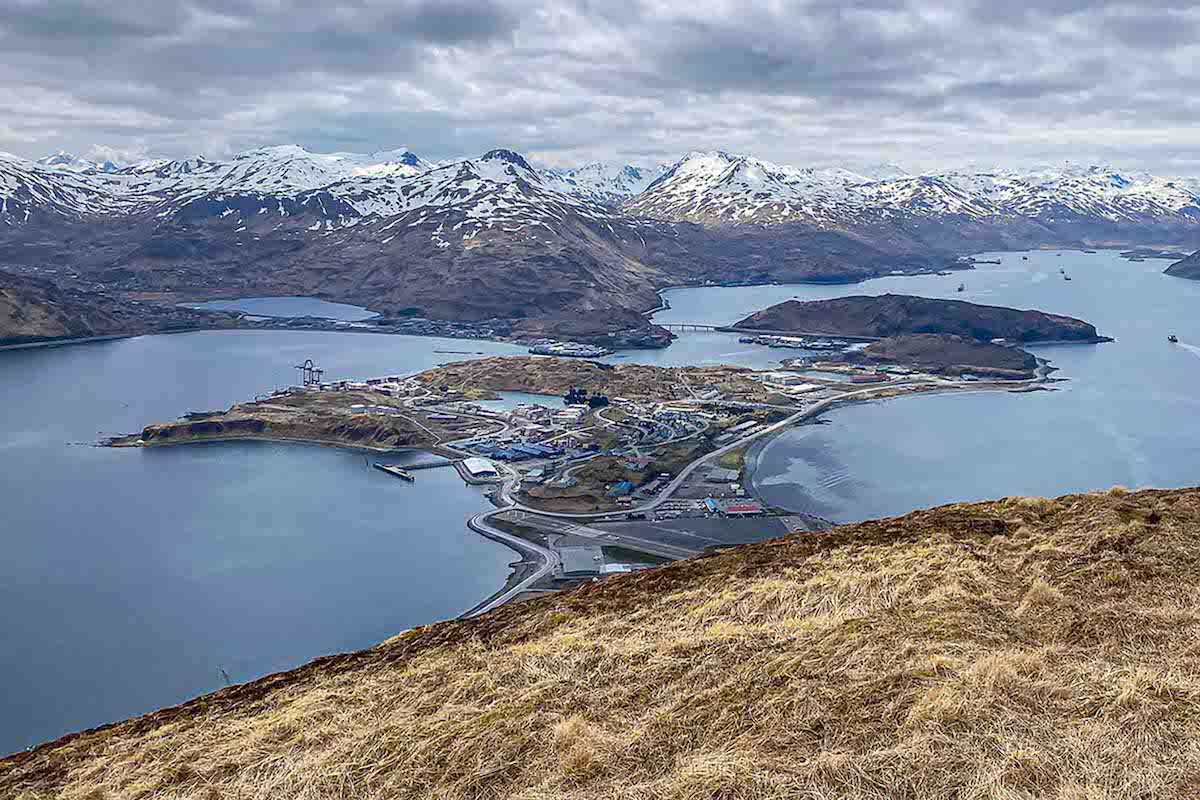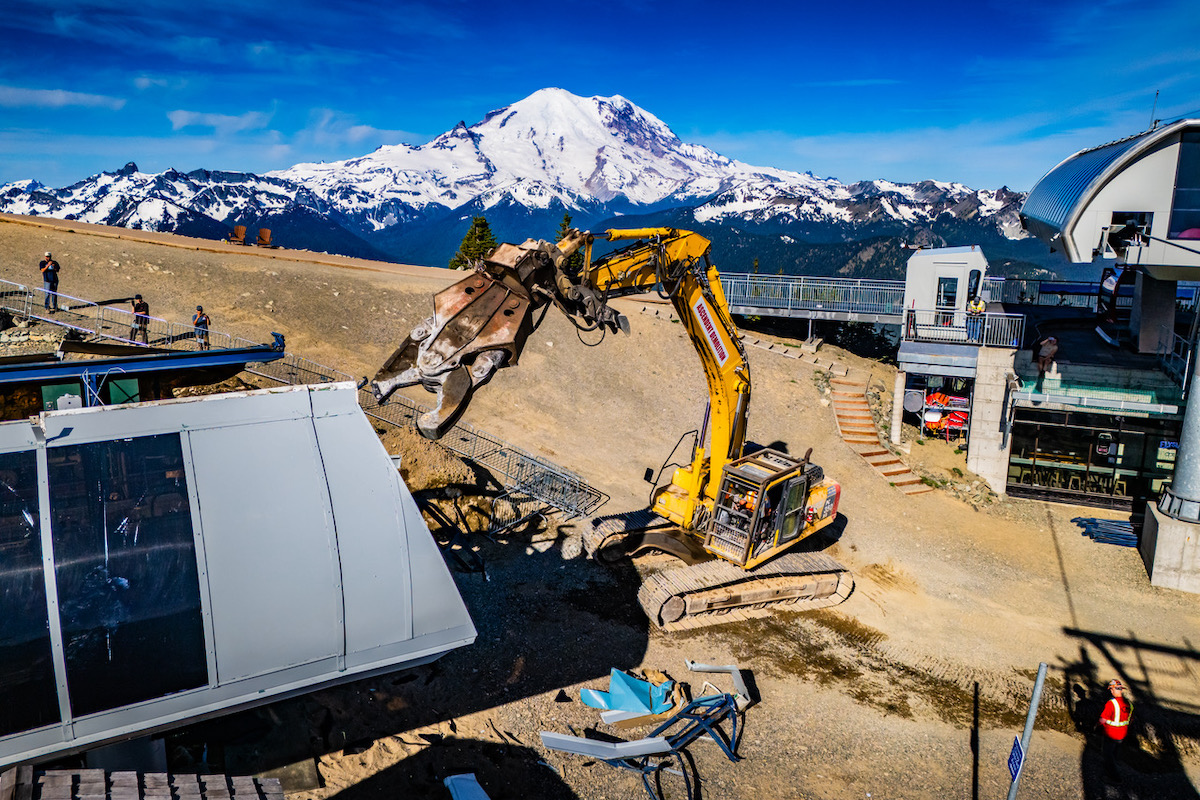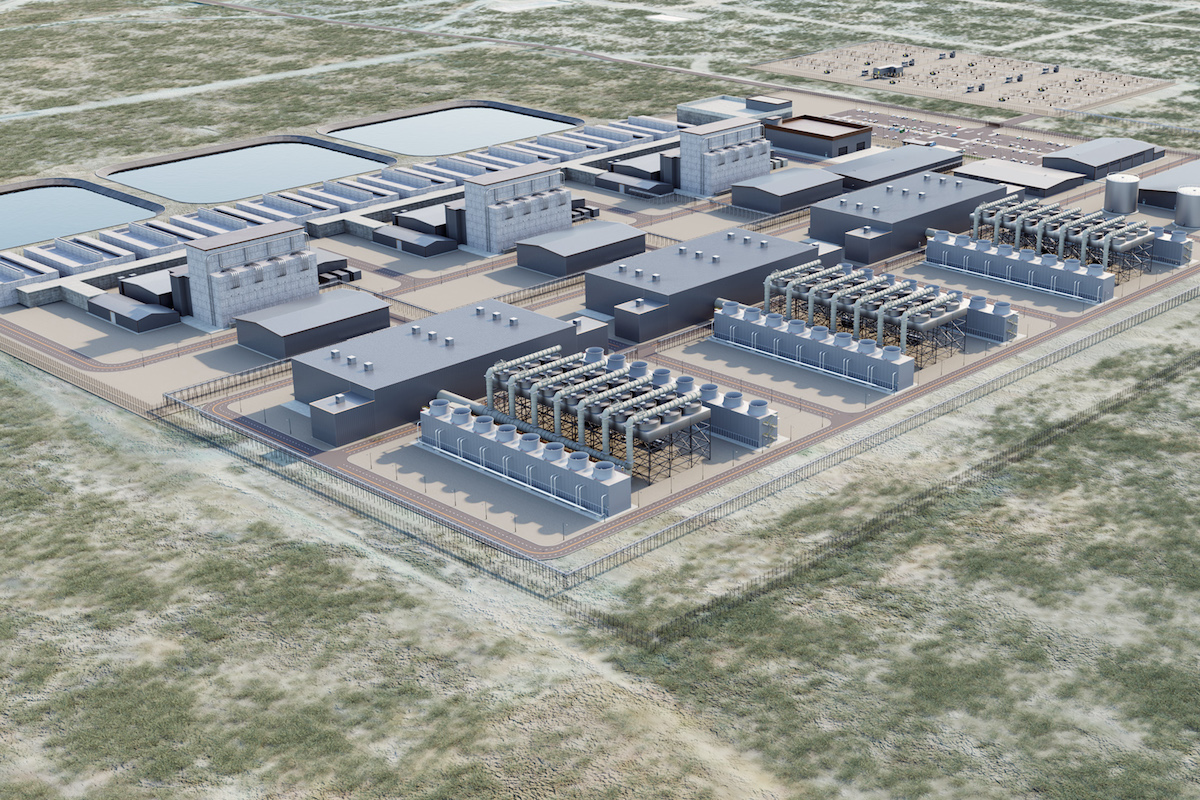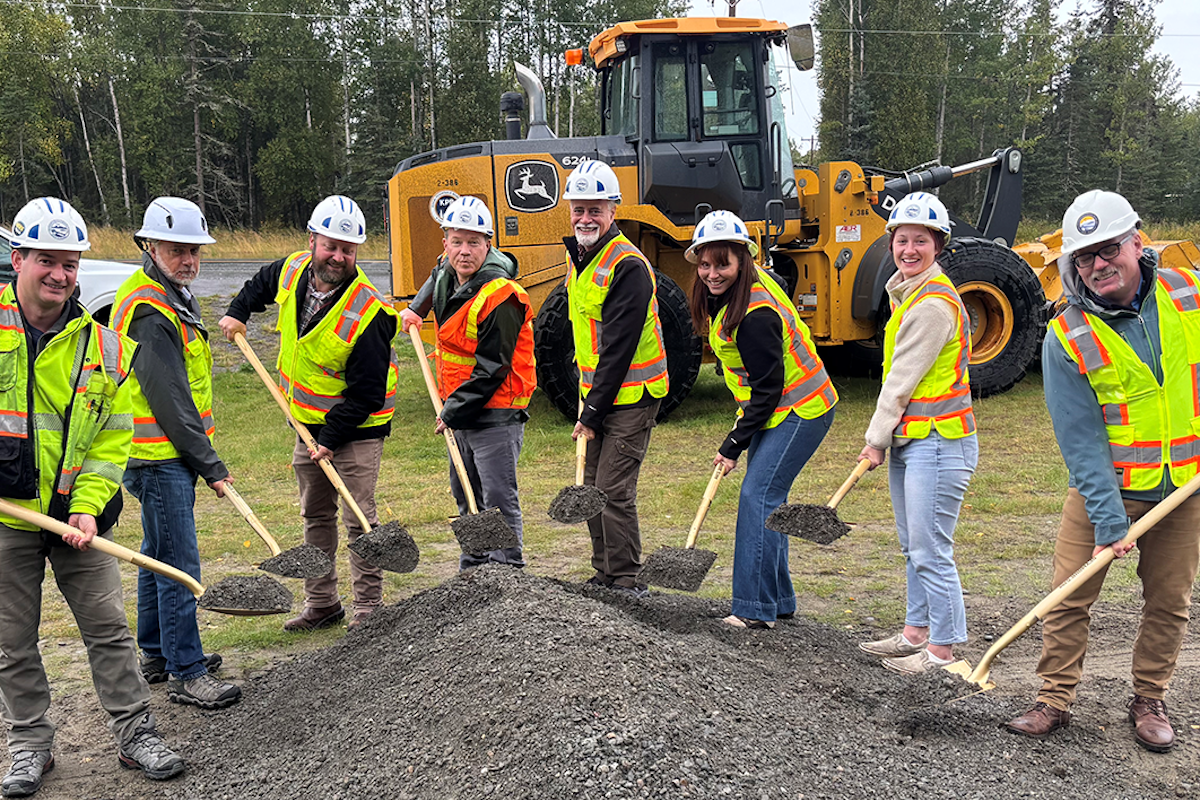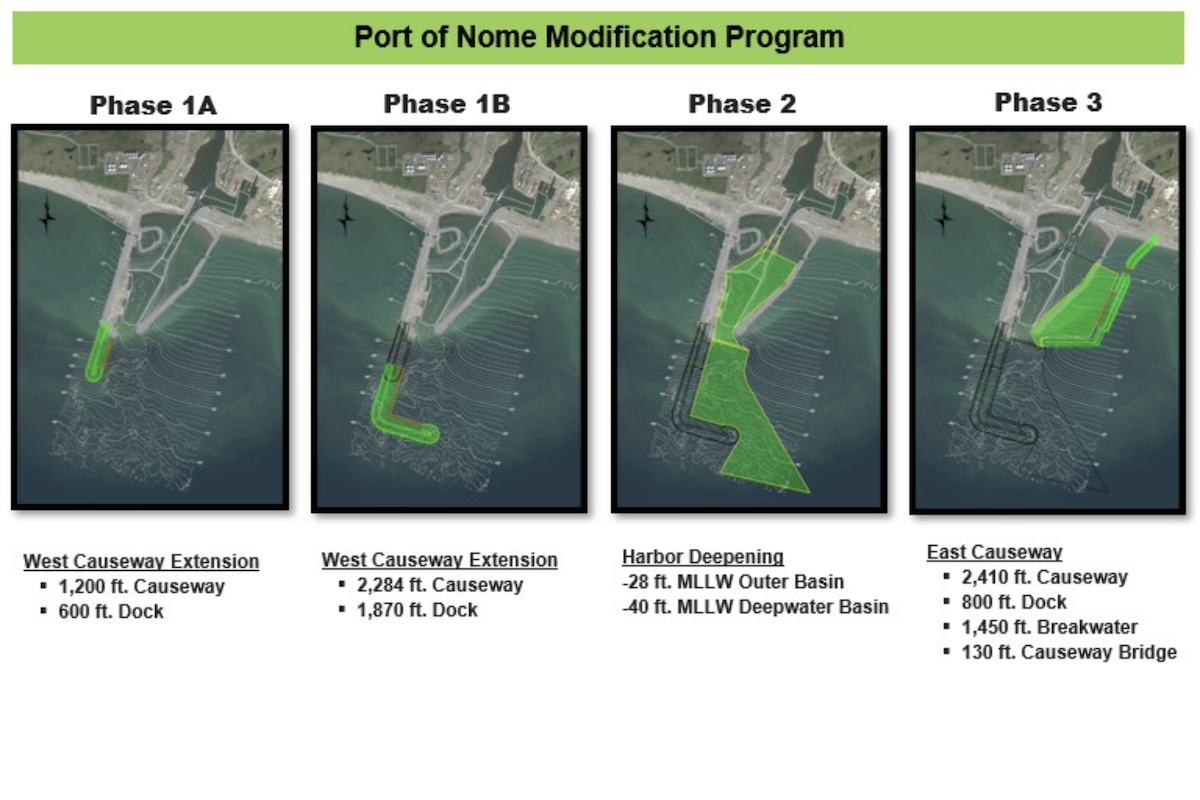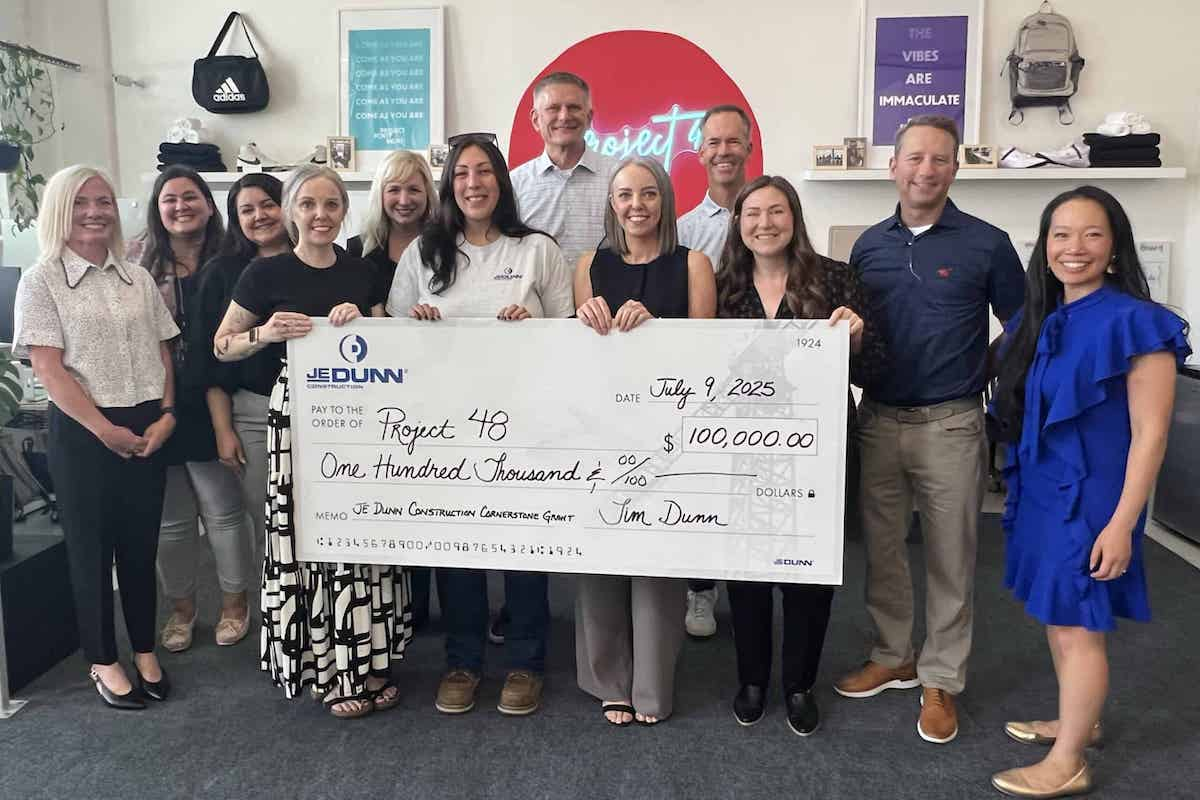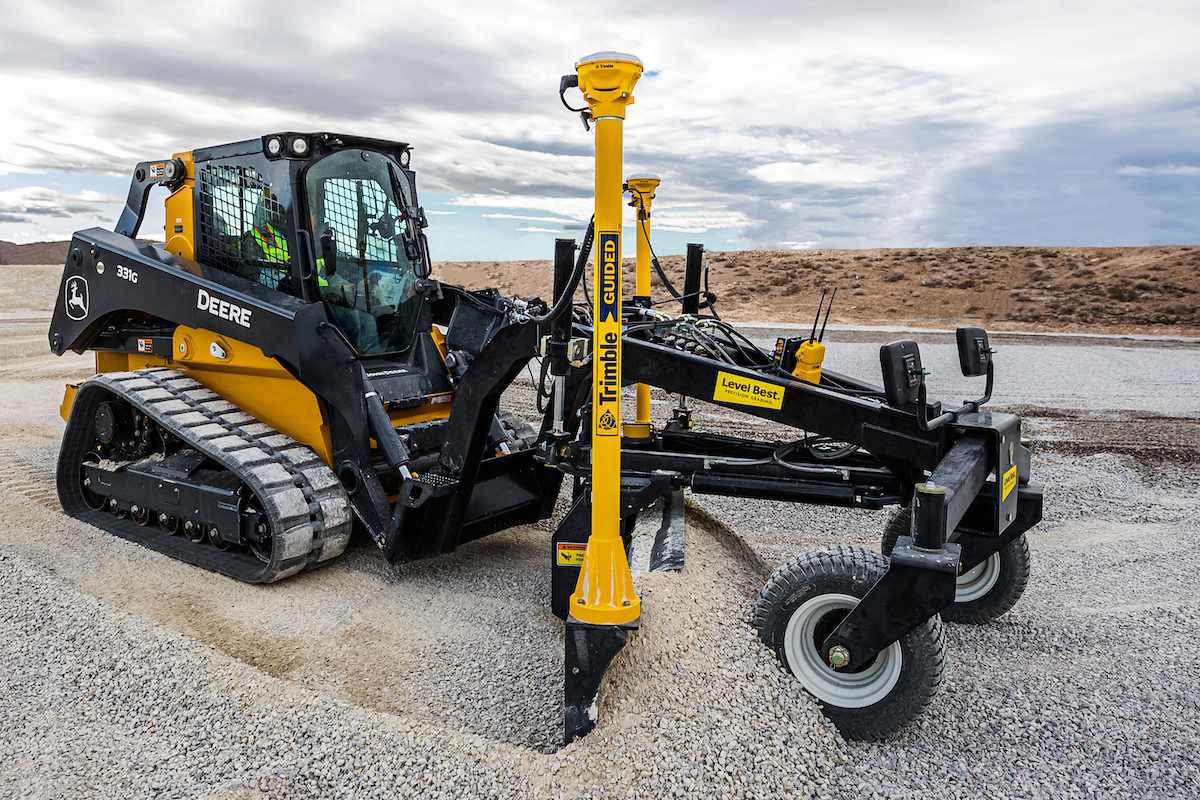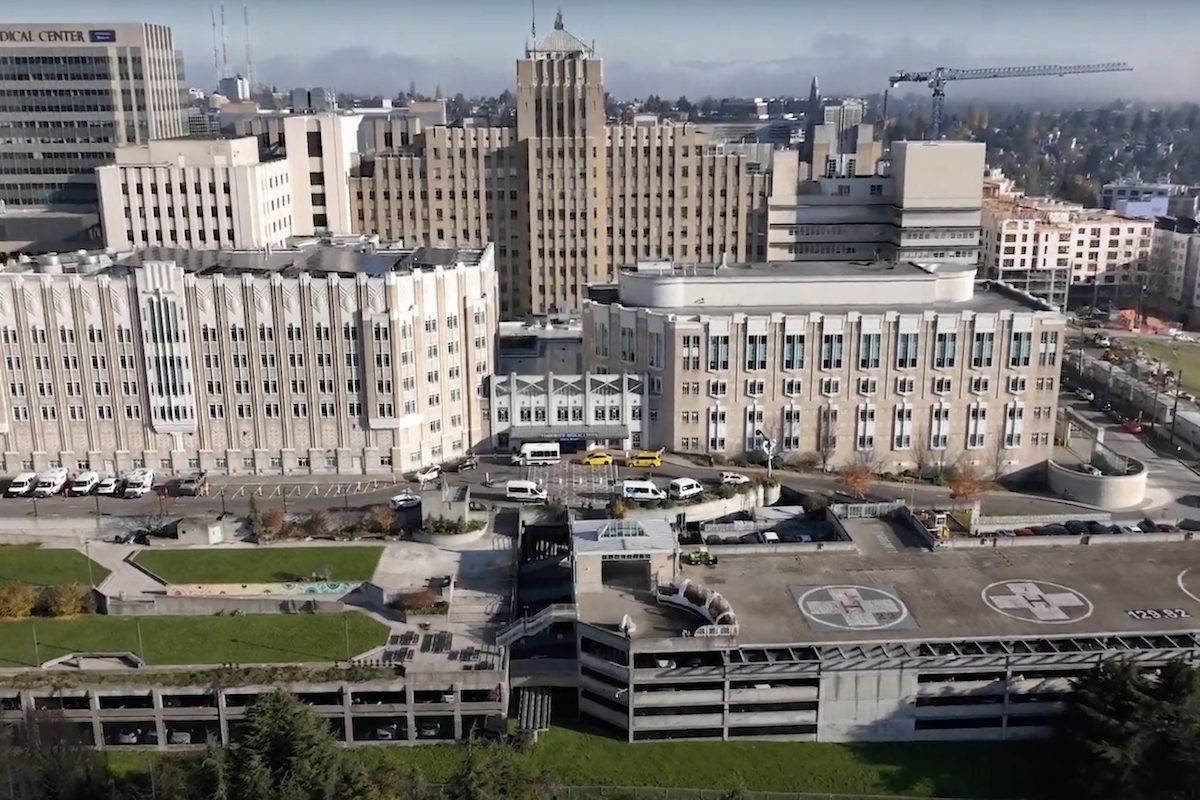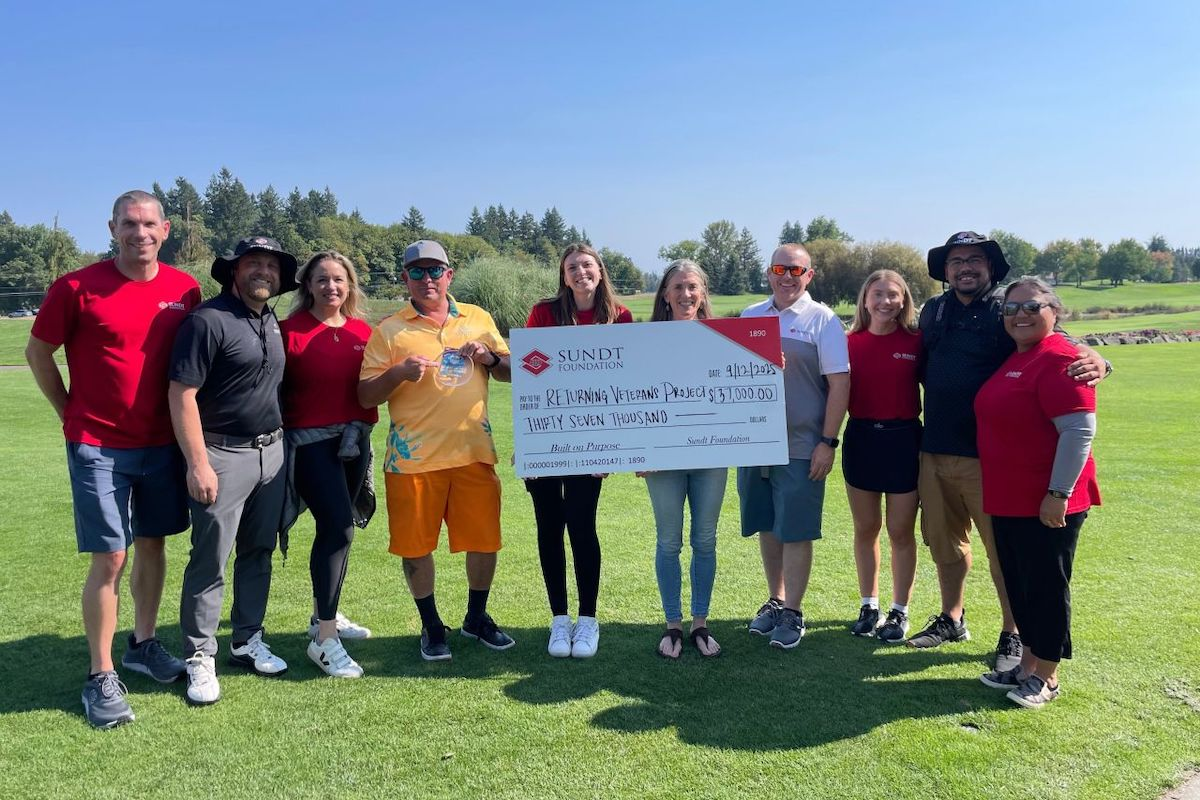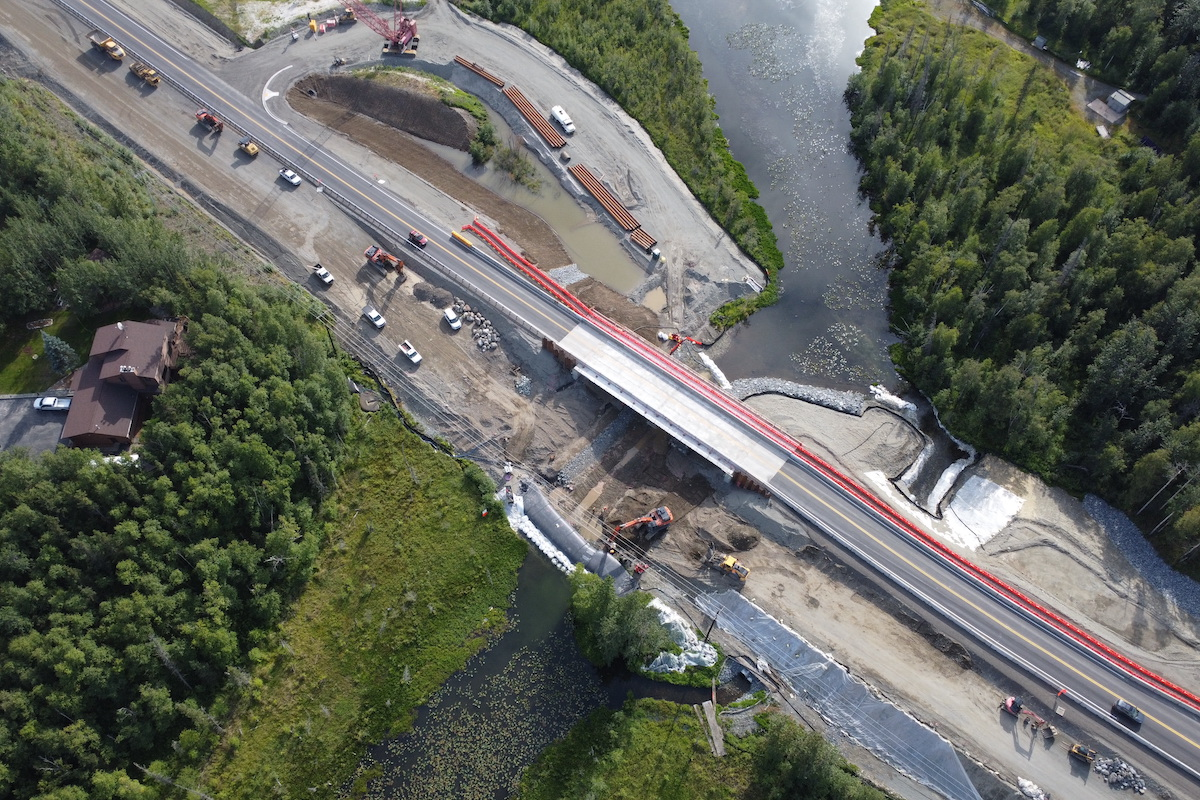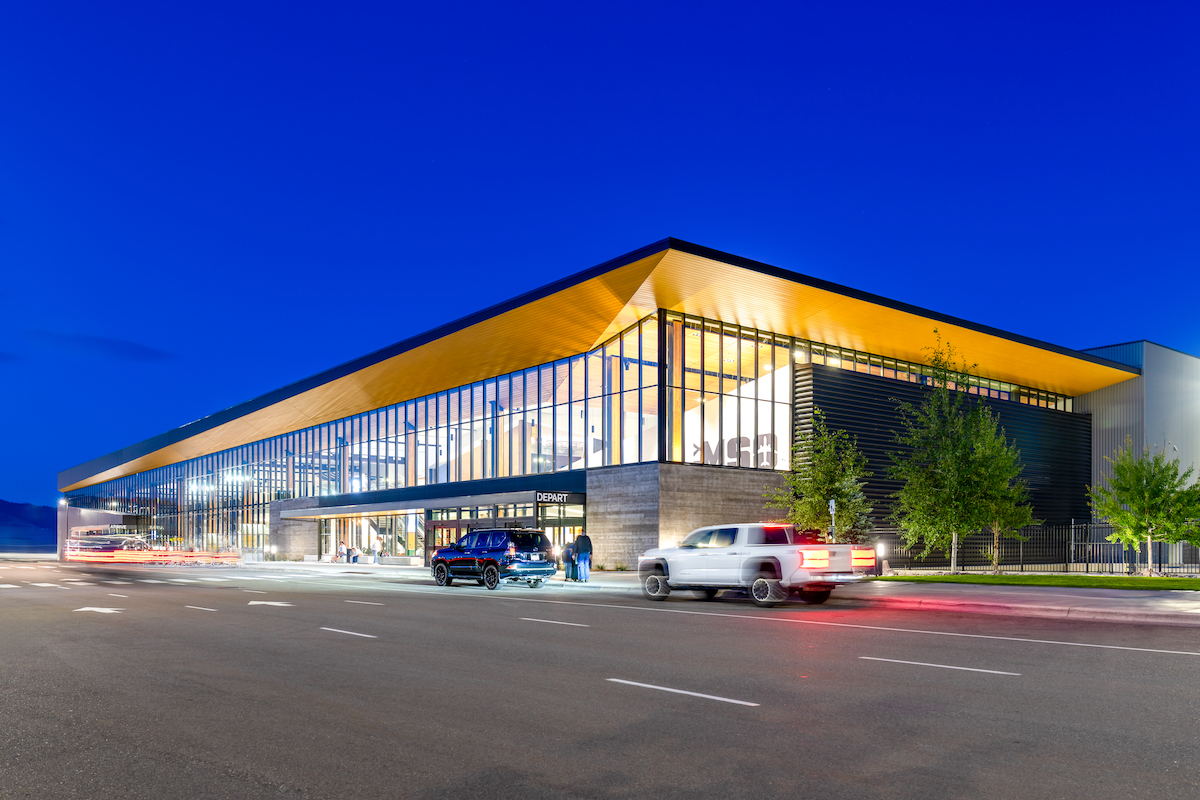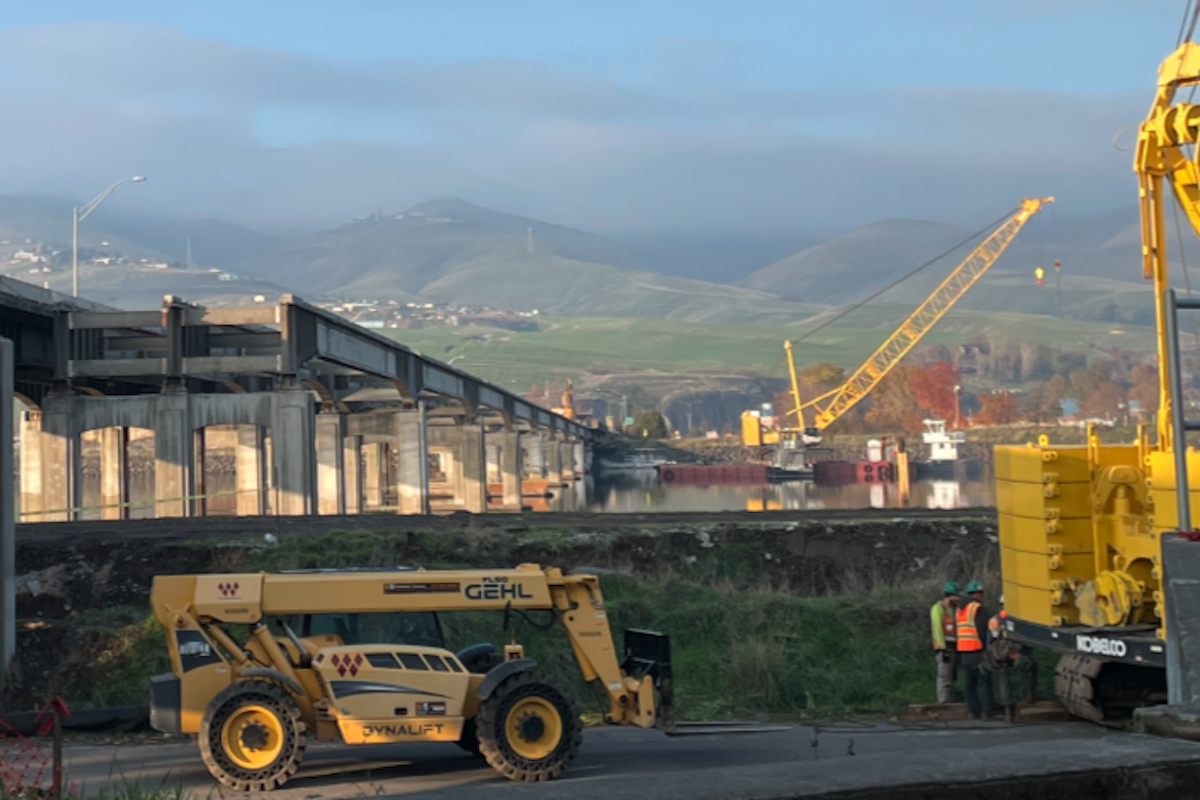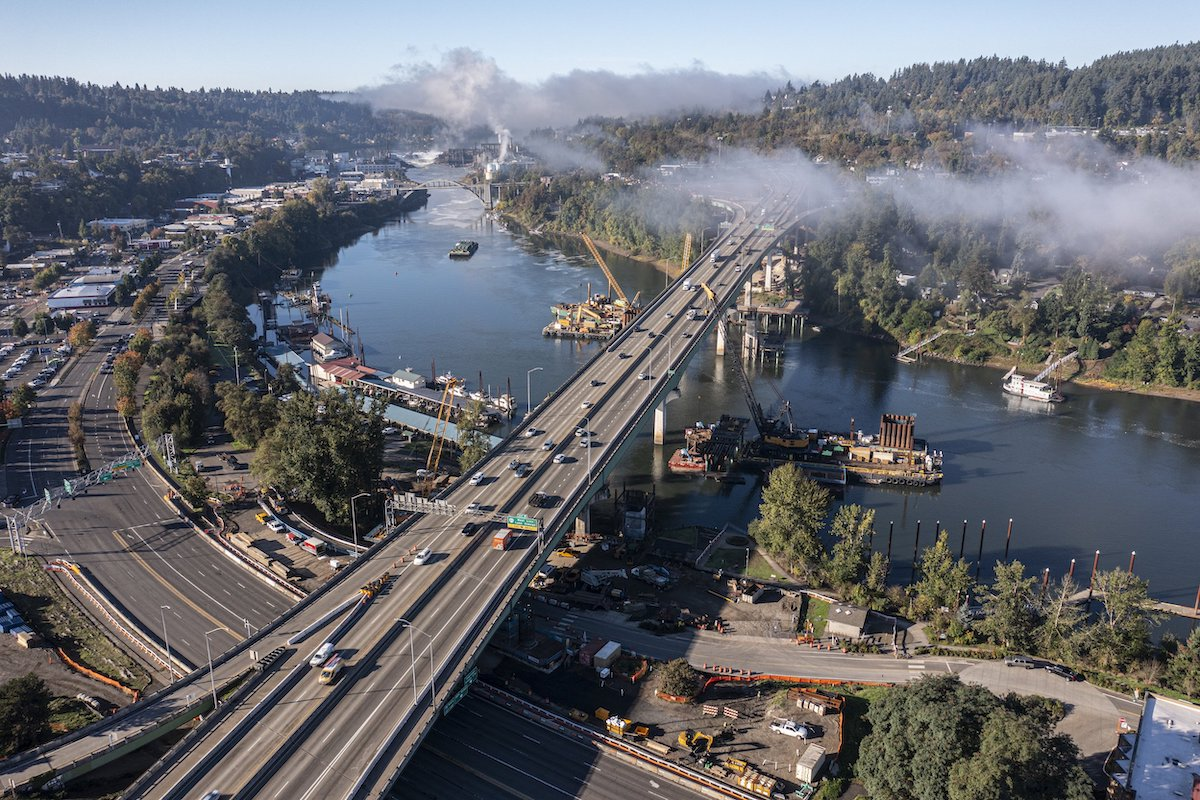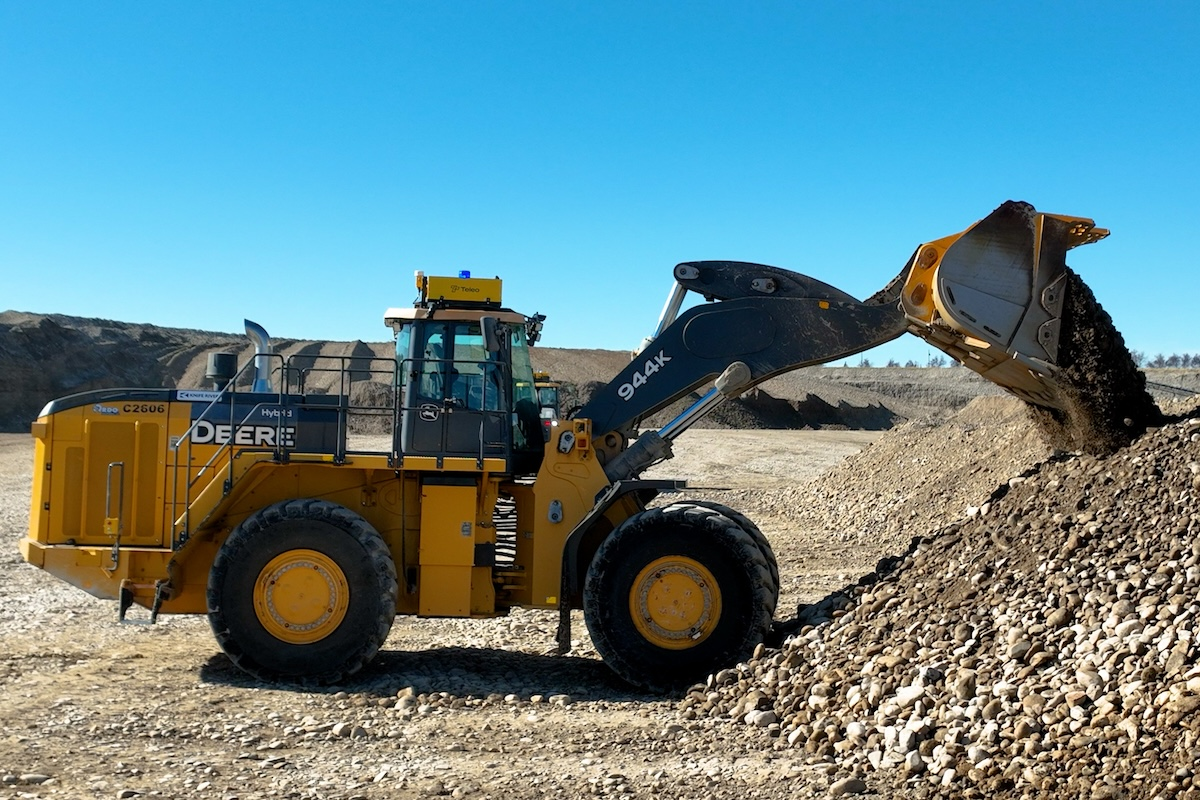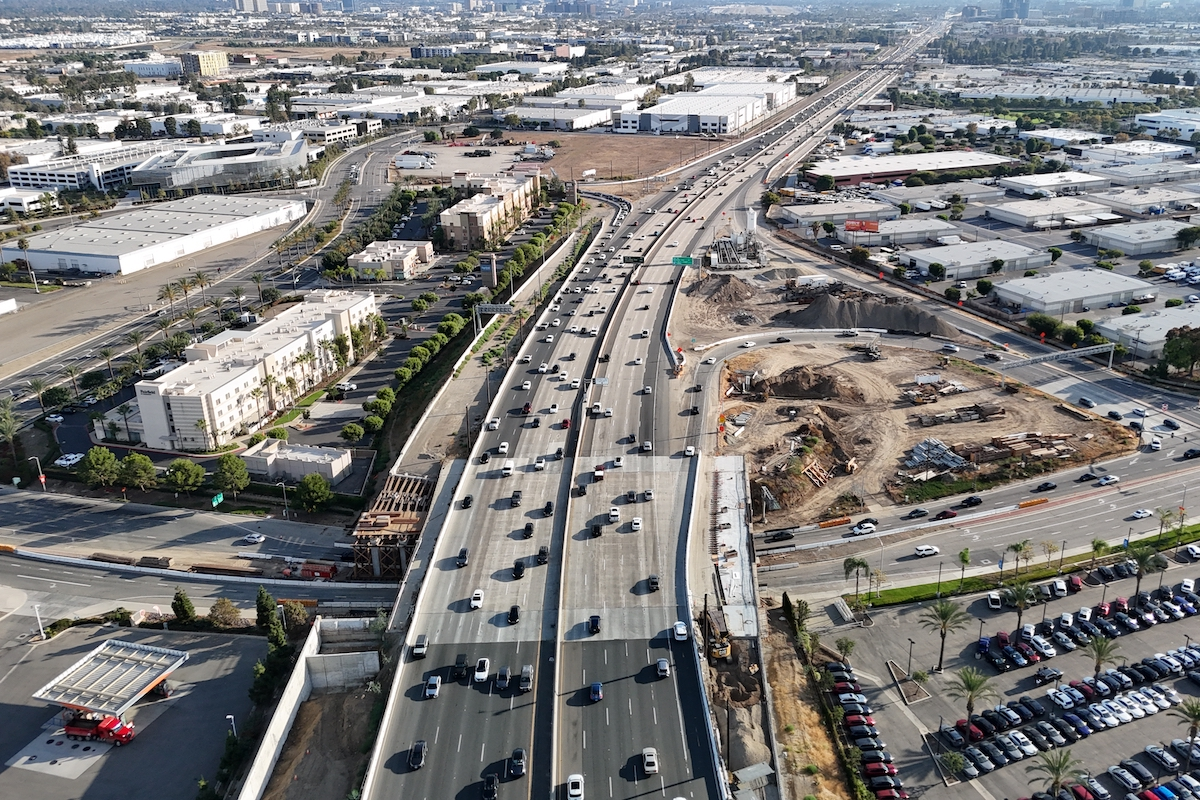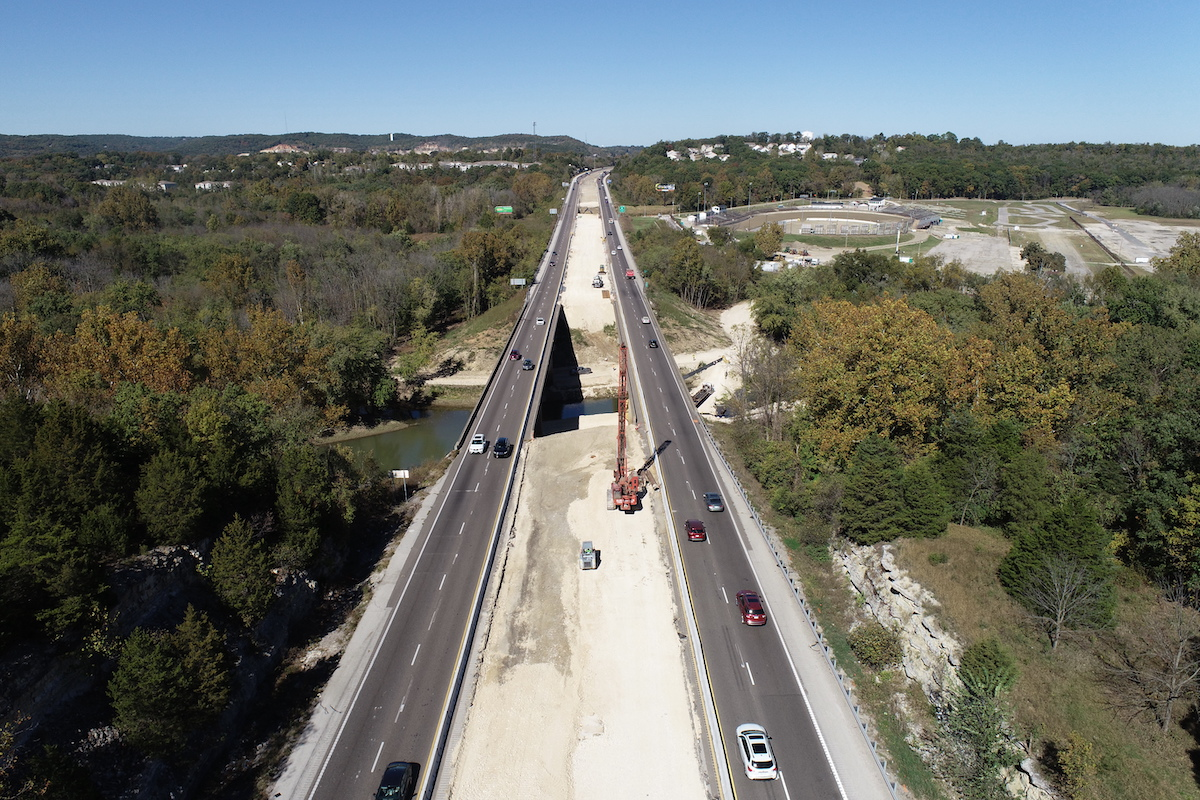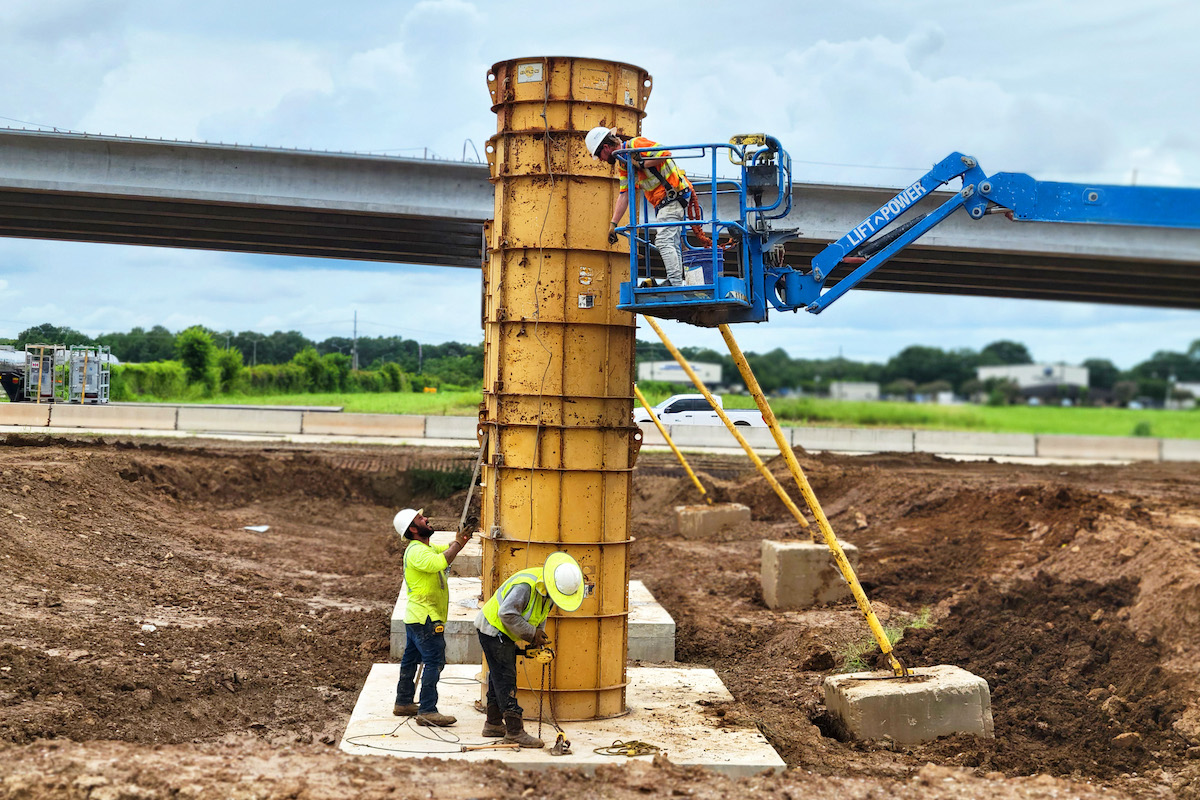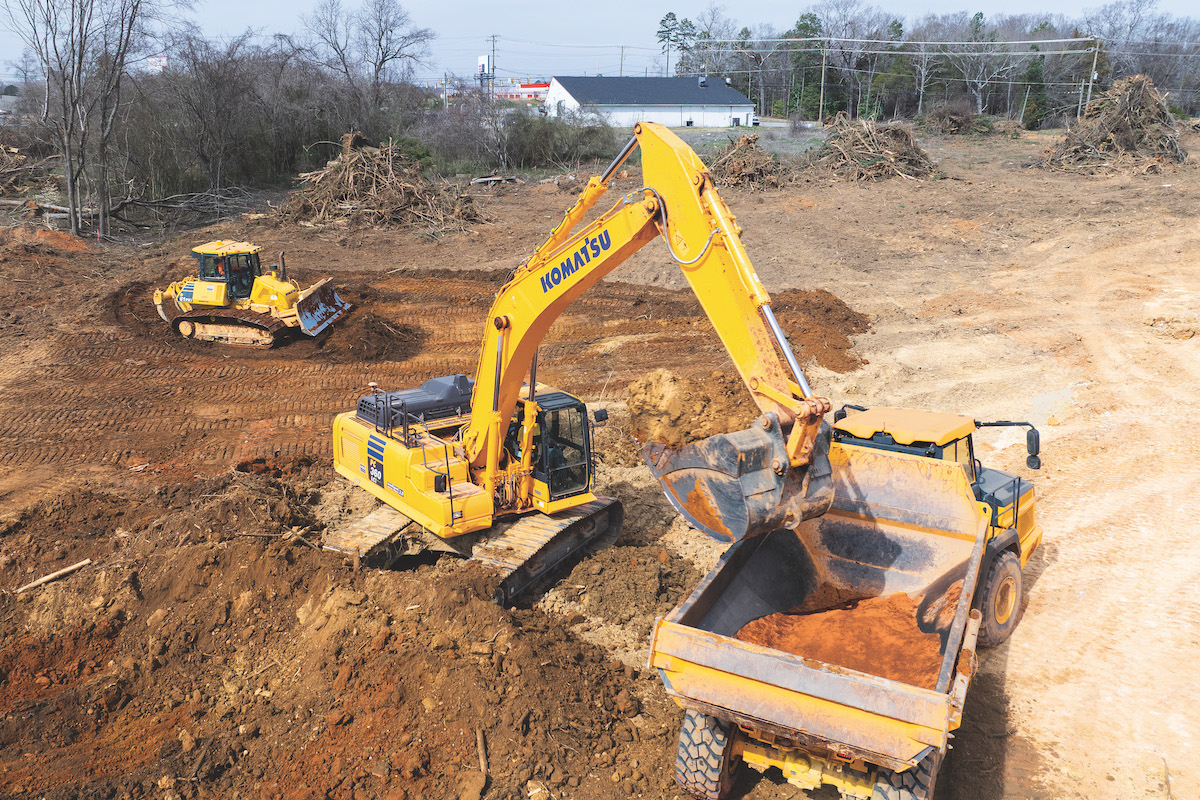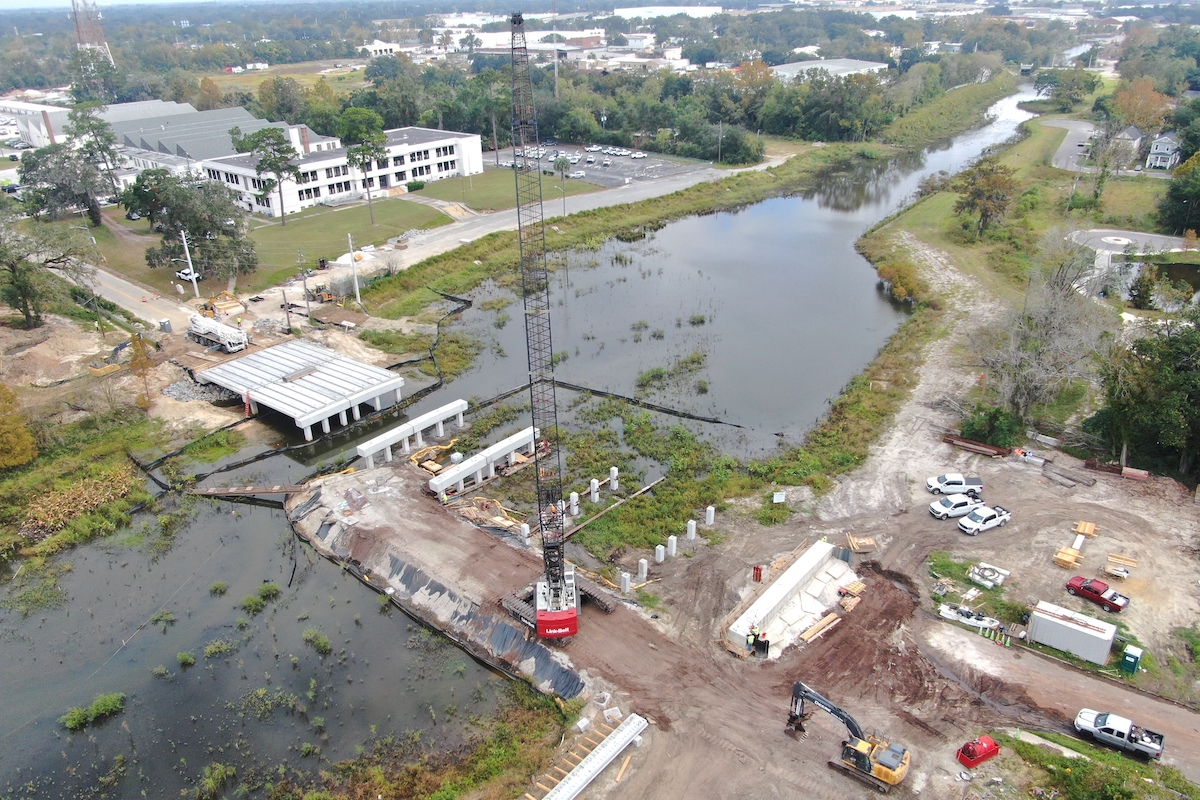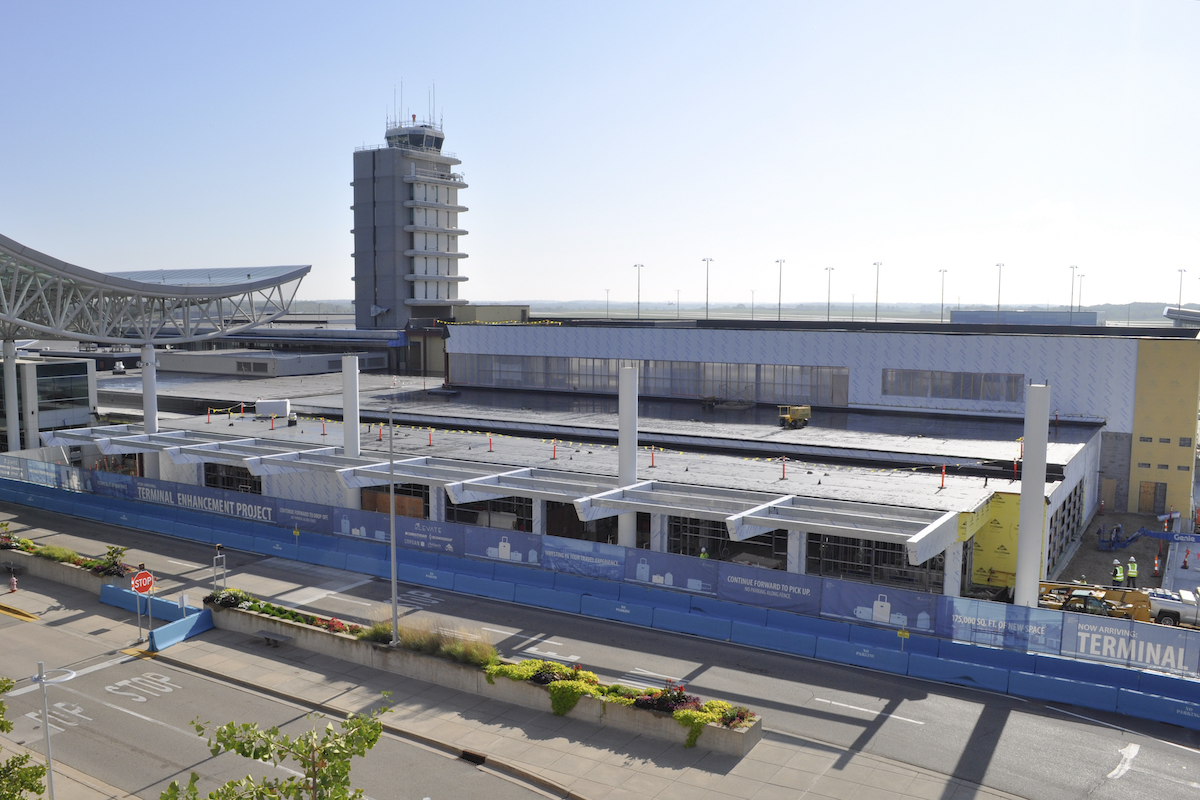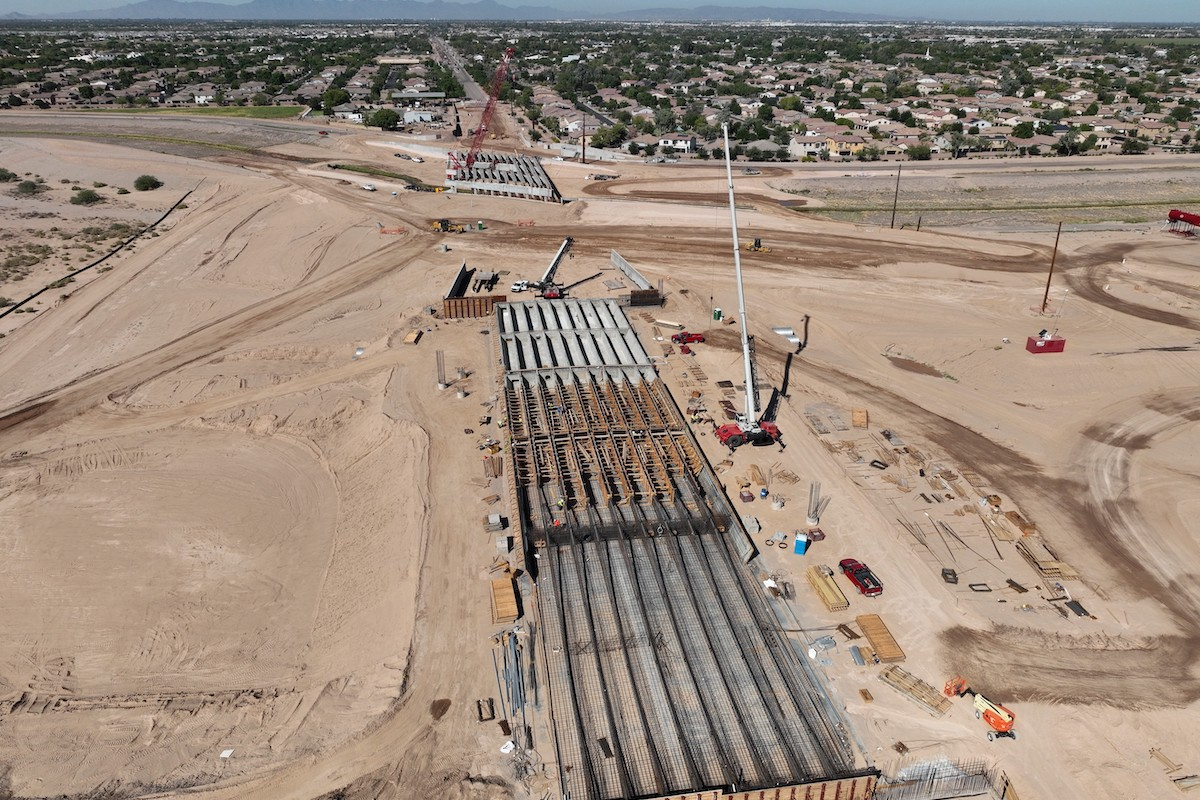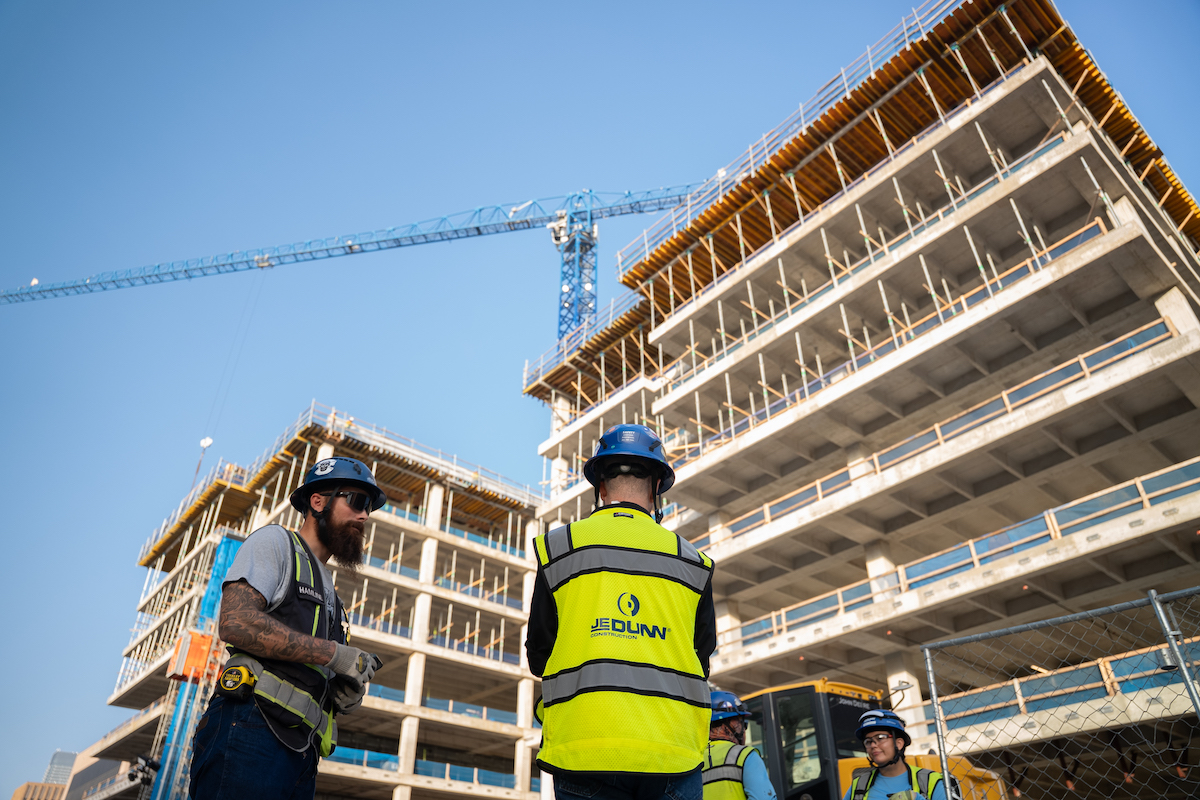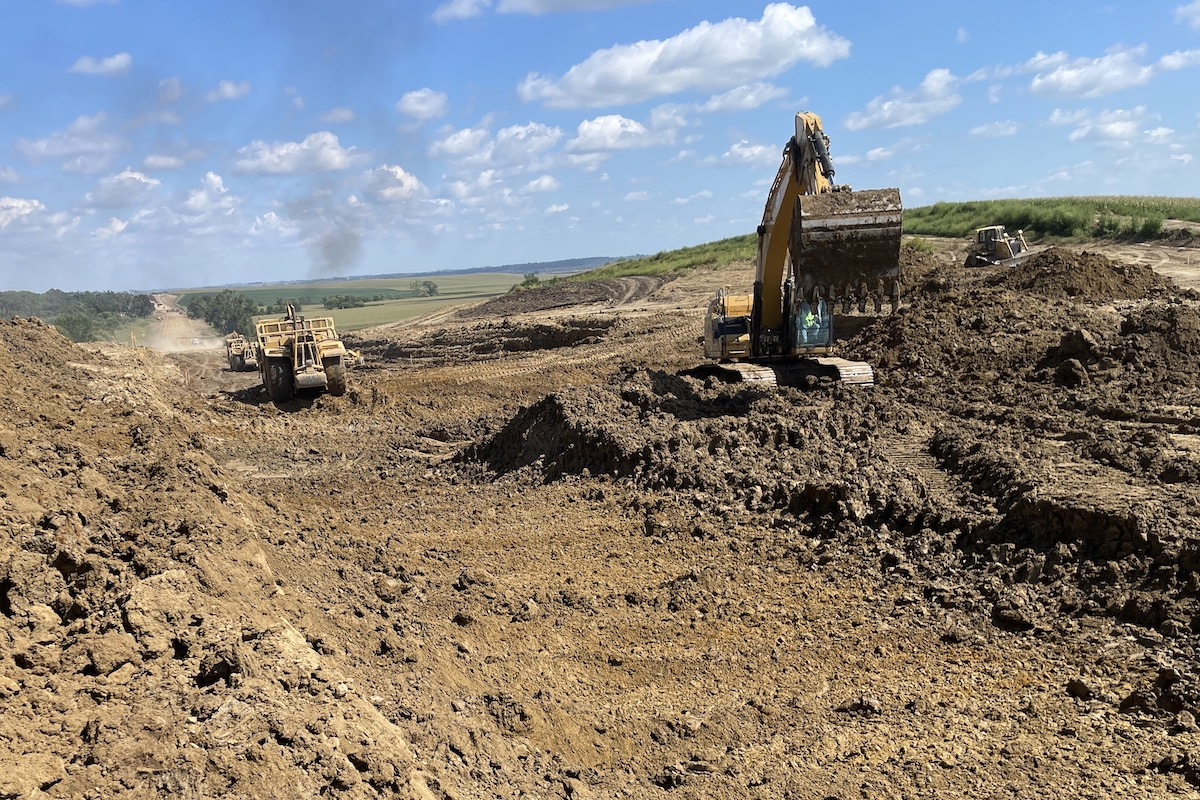ANCHORAGE, AK — The Alaska Department of Transportation & Public Facilities (DOT&PF) has secured a record setting additional $183.4 million in federal obligation authority for federal fiscal year 2025 through the Federal Highway Administration's (FHWA) annual August Redistribution process. This additional spending authority will be put to work immediately for safety, bridge and pavement projects, non-motorized improvements, and community access upgrades across Alaska.
"This year's record-setting August Redistribution of $183.4 million reflects more than just opportunity; it demonstrates the power of modernization," DOT&PF Commissioner Ryan Anderson said. "By updating our processes with digital tools, streamlining the Tentative Advertising Schedule, and advancing our Project Delivery Plan, we positioned the department to pursue multiple projects across diverse federal funding categories. Just as importantly, our ability to track costs and schedules in real time ensures we could quickly adapt when challenges arise. This level of agility is what allows us to maximize federal investment and deliver vital infrastructure for Alaska's communities."
From Southeast to the Arctic, Alaska is putting the $183.4 million toward advancing safety, pavement preservation, and access improvements statewide — from resurfacing the Glenn Highway and Mendenhall Loop Road to rebuilding the Seward Highway railroad crossing, upgrading Seppala Drive in Nome, and preserving pavement on North Tongass in Ketchikan and the Richardson Highway. A couple of the projects that the funding will invest in include:
- Copper Landing Bypass: A nationally recognized safety project on the Sterling Highway, the bypass reroutes traffic around a narrow and hazardous stretch. Continued investment will ensure safer travel through one of Alaska's most heavily used highway corridors, balancing mobility with environmental stewardship along the Kenai River.
- West Susitna Access Road: This project advances work on a new corridor that expands access to recreation, settlement, and natural resource development west of the Susitna River. By creating a reliable land connection in an undeveloped region, the road supports long-term economic opportunity while strengthening community access.

